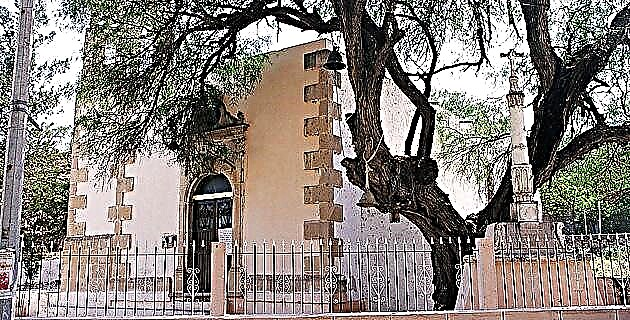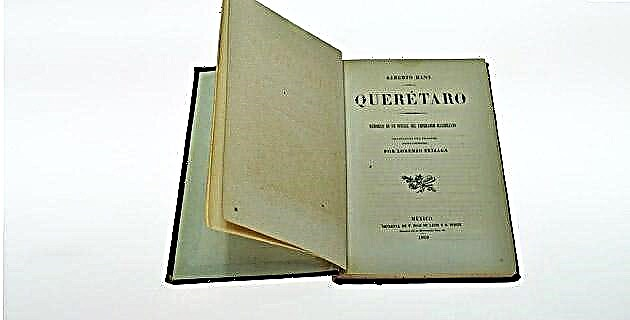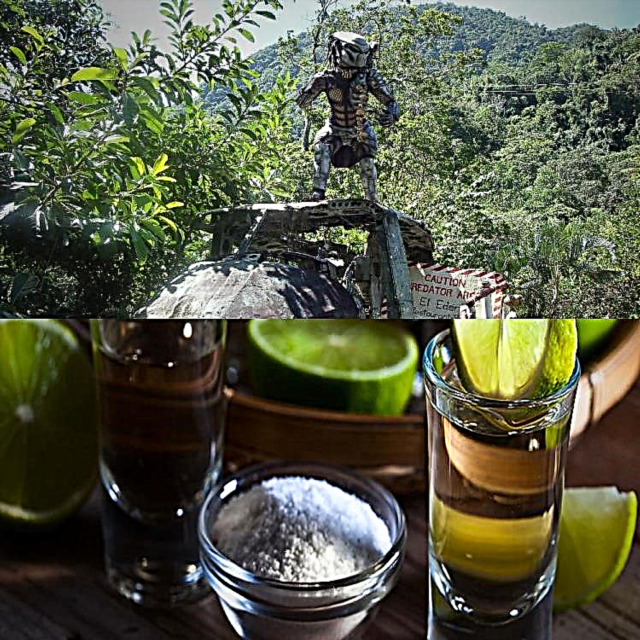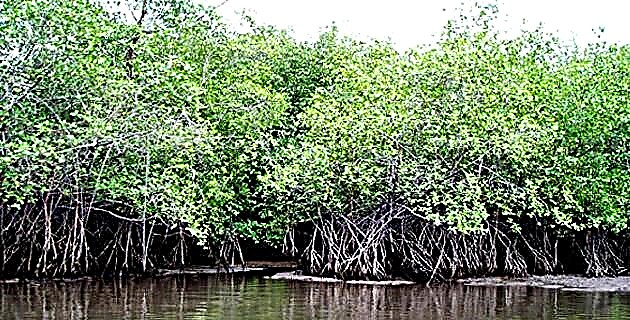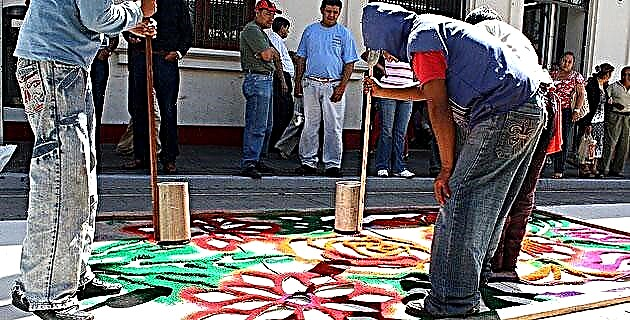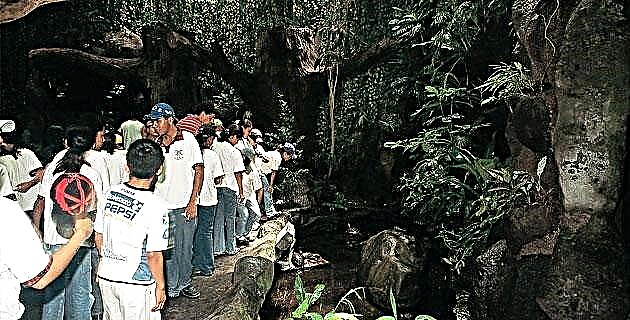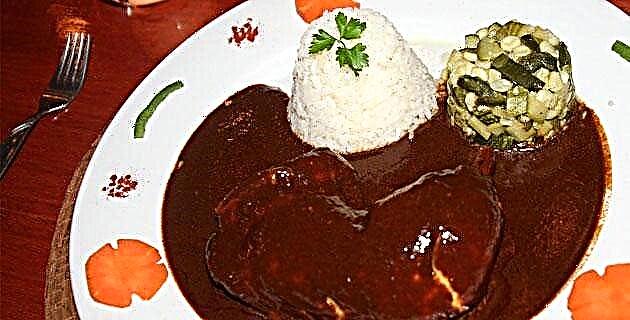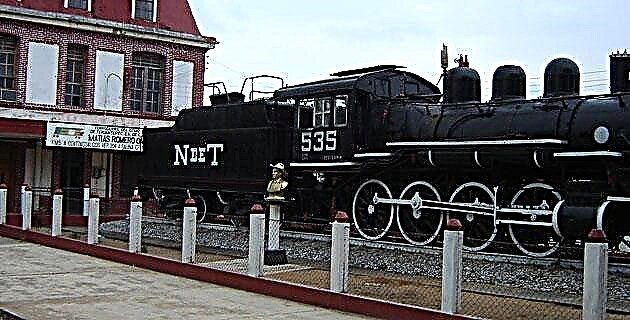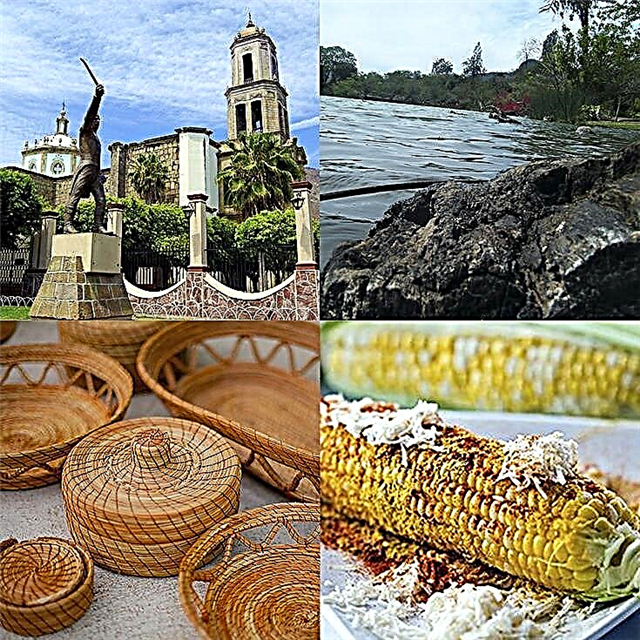The Nayarit town of Jala awaits you with its volcano and other traditional attractions and its rich cuisine. This guide gives you a complete overview of the Magic Town and the places of tourist interest that are in its vicinity, so that you do not miss anything.
1. Where is Jala located?

Jala is a town and municipality in Nayarit, located in the south of the state, bordering the municipalities of Santa María del Oro, La Yesca, Ixtlán del Río and Ahuacatlán. In 2012 it was incorporated into the national system of Mexican Magical Towns, being the first town in the state of Nayarit to receive the distinction. It is a welcoming town, of enormous rural beauty, located near the El Ceboruco volcano, which is one of its great attractions.
2. What was the origin of the town?
The name "Jala" is a combination of the Nahuatl terms "xali", which means "sand" and "tla" which means "place where it abounds", so Jala would be "place where sand abounds." During the colony it was evangelized by the Spanish religious who settled in nearby Ahuacatlán, forming the first mestizo settlement made up of peninsular and Nahuatl Indians. In 1918, when the constitution of the state of Nayarit was promulgated, the town was elevated to the category of village.
3. How do I get to Jala?
The closest large city to Jala is Guadalajara, Jalisco, which is 140 km away. Tepic, the capital of Nayarit, is 76 km away, while Nuevo Vallarta, the Nayarite twin of Puerto Vallarta in the famous tourist conurbation of the Mexican Pacific, is located 185 km away, all manageable distances for a day trip or a one-day trip. weekend to the interesting Magic Town. Mexico City is almost 700 km away. So if you do not want to take a tour of more than 7 hours by land, it is best to take an air trip touching in one of the previous cities.
4. What weather awaits me in Jala?
Jala has a humid subtropical climate, something favored by the altitude of 1,057 meters above sea level. The average annual temperature in the Magic Town is about 21 ° C, with seasonal peaks that are not very pronounced, since in the cold months, from December to March, the thermometers read around 18 ° C, while in the warmer season warm, between June and September, they move around 26 ° C. Almost 1,300 mm of rain fall annually, concentrated in July and August, and somewhat less in June and September. Between February and April, rainfall is conspicuous by its absence.
5. What are the main attractions of the town?
Jala is a town of old and picturesque houses that seem to have been petrified in time, paying homage to the mass of the volcano. Among the most interesting buildings in the town are the Lateran Basilica of Our Lady of the Assumption, as well as the ruins of the Church of San Francisco de Asís, built in 1674, and the Franciscan Convent, which was closed in 1810. Other attractions de Jala are the community museum, its festivals and its other traditions.
6. What is the Lateran Basilica of Our Lady of the Assumption like?
The main architectural attraction of the Magical Town of Jala is the Lateran Basilica of Our Lady of the Assumption, a beautiful temple erected in quarry stone of different colors, with pink, yellow and green tones standing out. Construction of this architectural jewel with Romanesque and Gothic lines began in 1856. The basilica dresses up in August, on the occasion of the Virgen de la Asunción festivities, a festival in which Christian and pre-Hispanic traditions are mixed.
7. What's in the Jala Community Museum?
This picturesque museum operates in a large 19th century mansion located in the oldest part of the town. It has an interesting sample of pieces from the pre-Columbian cultures that inhabited the Nayarit territories, as well as pieces of traditional use linked to the Hispanic history of the town. The Museum has permanent exhibition rooms and also provides spaces to promote local artists, especially young local talents.
8. What is El Ceboruco Volcano like?
The natural and colossal sentinel of Jala is El Ceboruco, the volcano that is a permanent presence from different points of the local geography. This stratovolcano whose cusp is at an altitude of 2,280 meters above sea level, was called The Black Giant by the natives and is full of volcanic rocks after the last eruption recorded in 1870. The volcano is classified as active and occasionally emits fumaroles.
9. What can I do at El Ceboruco Volcano?
Of all the towns located in the vicinity of El Ceboruco, among which are also Ixtlán del Río, Ahuacatlán, Uzeta, Chapalilla and Santa Isabel, the one that has a closer relationship with the volcano and its surroundings is Jala. Access up to 1,500 meters above sea level is relatively comfortable and these spaces are used for ecotourism activities. In the plains near El Ceboruco, farmers in Jala harvest the huge ears of corn that have made the town famous.
10. When is the Elote Fair?
Jala is tied to corn more than most Mexican towns, which is saying a lot. Every August 15, coinciding with the day of Our Lady of the Assumption, the Elote Fair is celebrated, in which the main protagonists are the ears, which are reputed to be the largest, juiciest and tastiest in the world. The size is strictly true, since fruits up to half a meter long have been harvested. During the fair corn is tasted in all forms and a varied sports, cultural and commercial program is carried out.
11. What are the main attractions of the nearest towns?
50 km. from Jala, heading northwest, is the municipal seat of Santa María de Oro, whose main attraction is the lagoon of the same name located near the town. This body of water originated in a crater almost 70 meters deep that was formed by the impact of a meteorite. The descent to the water is done by a beautiful path and the waters are very refreshing and supposedly medicinal properties. Another attraction of Santa María de Oro is the church of the Lord of the Ascension, which dates back to the 17th century.
12. What can I do in Ixtlán del Río?
The head of the municipality of Ixtlán del Río is located just 16 km. leave her. This Nayarit town has warm water sites and a hot spring and sulphurous waters frequented for its relaxing effect and healing properties. The main religious building is the Church of Santo Santiago Apóstol, a baroque temple from the 18th century that has Neoclassical and Rococo influences. Other beautiful buildings in Ixtlán del Río are the Portal Redondo, the La Tereseña house, the kiosk and the municipal palace.
13. What are the attractions of Ahuacatlán?
This picturesque town of Nayarit is just 10 km away. Despite the fact that its indigenous name is "a place where avocados abound," its main crop is corn and its peasants dispute amicably with those of Jala over the size of the corn. This rural community also has excellent honey, which is partly destined for the export market. In Ahuacatlán, juicy lemons are served, which are the area's favorites to accompany the most Mexican-style tequilitas.
14. How is the craftsmanship of Jala?
The popular artists of Jala work very well with the reed, a long-stemmed grass that they use to make baskets and line bottles and other containers. They also work with otate, a type of bamboo used in basketry, equipment and decorative objects. The artisans of Jala are skilled potters and from their hands come jugs, pots, jars and other traditional objects of daily use. They also manufacture wooden saddles and furniture.
15. What is the most characteristic of the gastronomy of Jala?
The culinary art of Jala revolves around corn and there is a long tradition in the town of handmade tortillas of the day, which are eaten with their maximum freshness and flavor. Corn gorditas and delicious strained corn atole are always present in homes and restaurants. Of course, a lot of pozole is eaten with corn of different varieties and the meat enchilada with refried beans and viscotelas, sugar-coated cakes, are also popular.
16. Where can I stay in Jala?
Jala is in the process of consolidating a hotel offer that allows increasing tourism to the Magic Town and mainly uses accommodation located in the vicinity of the town. These are the cases of the Hotel Plaza Hidalgo, in Ixtlán del Río; from the Hotel Margarita, in Ahuacatlán; and the Hotel Paraíso, also in Ixtlán del Río. Other options are the Hotel Principal, in Ahuacatlán and Villa Santa María, a country accommodation 35 km away. leave her.
17. Where can I go to eat?
El Rey del Mar serves fresh seafood food given the proximity of the ocean. La Terraza and El Monasterio offer both fish and seafood and land meats. Restaurante y Café Los Monroy has a menu in which Mexican food stands out and customers praise its meat with chili.
Our virtual tour of Jala comes to an end, hoping that this guide will be useful for you on your next visit to the Magic Town of Nayarit. See you at the next opportunity.


